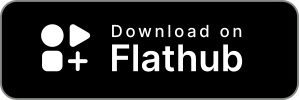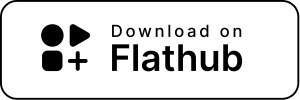As part of the same process outlined in Matthias Clasen's "LibreOffice packages" email, my management chain has made the decision to stop all upstream and downstream work on desktop Bluetooth, multimedia applications (namely totem, rhythmbox and sound-juicer) and libfprint/fprintd. The rest of my upstream and downstream work will be reassigned depending on Red Hat's own priorities (see below), as I am transferred to another team that deals with one of a list of Red Hat’s priority projects.
I'm
very disappointed, because those particular projects were already
starved for resources: I spent less than 10% of my work time on them in
the past year, with other projects and responsibilities taking most of
my time.
This means that, in the medium-term at least, all those GNOME projects will go without a maintainer, reviewer, or triager:
- gnome-bluetooth (including Settings panel and gnome-shell integration)
- totem, totem-pl-parser, gom
- libgnome-volume-control
- libgudev
- geocode-glib
- gvfs AFC backend
Those freedesktop projects will be archived until further notice:
- power-profiles-daemon
- switcheroo-control
- iio-sensor-proxy
- low-memory-monitor
I will not be available for reviewing libfprint/fprintd, upower, grilo/grilo-plugins, gnome-desktop thumbnailer sandboxing patches, or any work related to XDG specifications.
Kernel
work, reviews and maintenance, including recent work on SteelSeries
headset and Logitech devices kernel drivers, USB revoke for Flatpak
Portal support, or core USB is suspended until further notice.
All my Fedora packages
were orphaned about a month and a half ago, it's likely that there are
still some that are orphaned, if there are takers. RHEL packages were
unassigned about 3 weeks ago, they've been reassigned
since then, so I cannot point to the new maintainer(s).
If
you are a partner, or a customer, I would recommend that you get in
touch with your Red Hat contacts to figure out what the plan is going
forward for the projects you might be involved with.
If
you are a colleague that will take on all or part of the 90% of the
work that's not being stopped, or a community member that was relying on
my work to further advance your own projects, get in touch, I'll do my
best to accommodate your queries, time permitting.
I'll try to make sure to update this post, or create a new one if and when any of the above changes.
 A screenshot with practically no changes, as expected
A screenshot with practically no changes, as expected





















